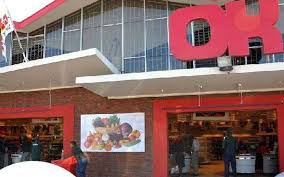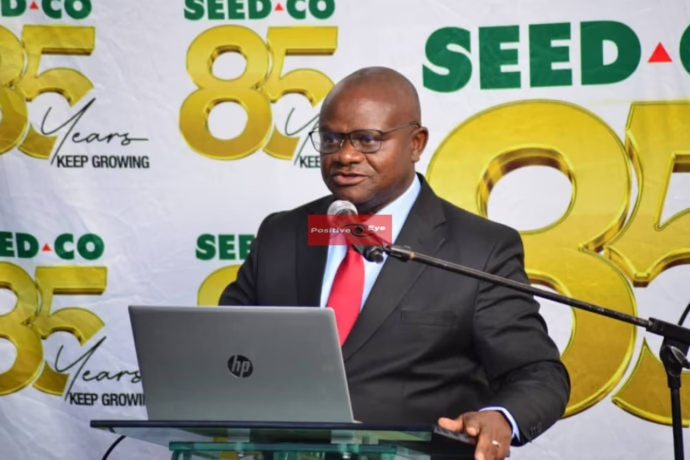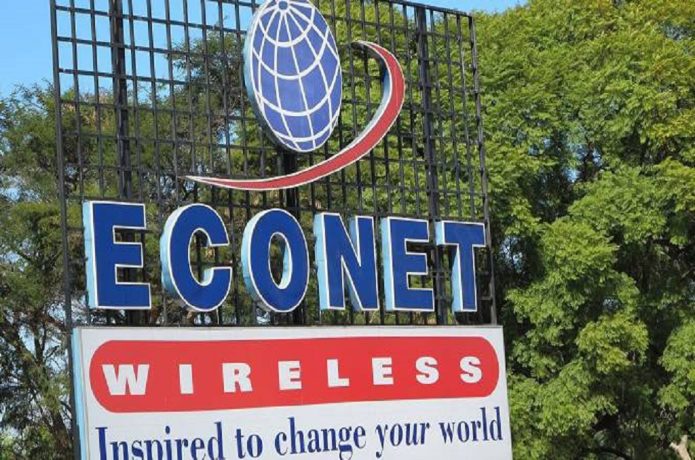
Communities have been urged to use resources and manpower in their jurisdiction and upscale value addition to contribute to the national economy as the nation endeavours to achieve an upper middle-income economy by 2030, a Cabinet Minister said.
The call was made by Higher and Tertiary Education, Innovation, Science and Technology Minister Professor Amon Murwira while officially opening the sustainable cities initiative workshop in Harare yesterday.
“The pre-colonial urban centres like Great Zimbabwe, Mapungubwe, and others embraced the principles of sustainable living. They were designed within the environment, using local materials and incorporating environmentally fitting elements into their architecture. These were thriving cities of extensive functioning states based on agriculture with appropriate crops for the environment and rainfall patterns, extensive livestock and livestock products development, mining of gold, silver, iron, copper and other mineral resources, an industrial base for smelting and value addition, and agro-processing, as well as cotton, weaving and fabrics, and trade at local, regional and global levels. Surely, these were not primitive societies but really advanced societies who were distracted from their sustainable means of living by colonialism,” he said.
“Great Zimbabwe offers a unique opportunity for our students to engage with history in a tangible and immersive way. They can walk in the footsteps of our ancestors, connecting with the past on a profound level. Furthermore, we must emphasise the importance of interdisciplinary learning. Great Zimbabwe encompasses not only history and archaeology but also architecture, sociology, anthropology, applied technology and many other fields of study.
“By integrating multiple disciplines into our teaching, we provide a holistic experience of knowledge, enabling students to grasp its significance from various angles. By infusing our lessons with the values and ethos embedded within this site, we shall instil a sense of pride, respect, and identity in our students.”
Prof Murwira commended SARDC for its assistance in reclaiming Great African cities such as Great Zimbabwe.
“We are pleased that through the work of SARDC dedicated research we are able to reclaim our Great African cities, for example Great Zimbabwe and Mapungubwe in Southern Africa to the trading port of Kilwa in East Africa and the ancient cities such as Timbuktu and Benin in West Africa. These settlements were presented as ruins in the colonial era, constructed by some exotic society, not African, but we reclaimed them through dedicated research and this research must come as there is much more to learn from our ancestors. Sharing these pre-colonial lessons today, and facilitating our students today to look more closely and apply their own analysis, is key for the sustainable development of our continent.”
The sustainable Cities Initiative was held in collaboration with the Southern African Research and Documentation Center [SARDC] is a joint initiative of universities in Zimbabwe, South Africa, Tanzania and Germany.
SARDC executive director Munetsi Madekufamba encouraged communities to adopt innovative approach that draws lessons from history.
“Pre-colonial African societies had intricate systems of land use and planning that were in harmony with the environment. These systems often incorporated principles of resource management, and spatial development. By studying and understanding these traditional practices, we can certainly contribute to realising sustainable societies,” he said.
The workshop was attended by representatives from the Midlands State University, the Great Zimbabwe University, the University of Dar es Salaam, the University of Pretoria, and the National Museums and Monuments of Zimbabwe, as well as the Global Centre of Spatial Methods for Urban Sustainability (SMUS) at the Technical University of Berlin, the Humboldt University, and the German Academic Exchange Service.
Herald




